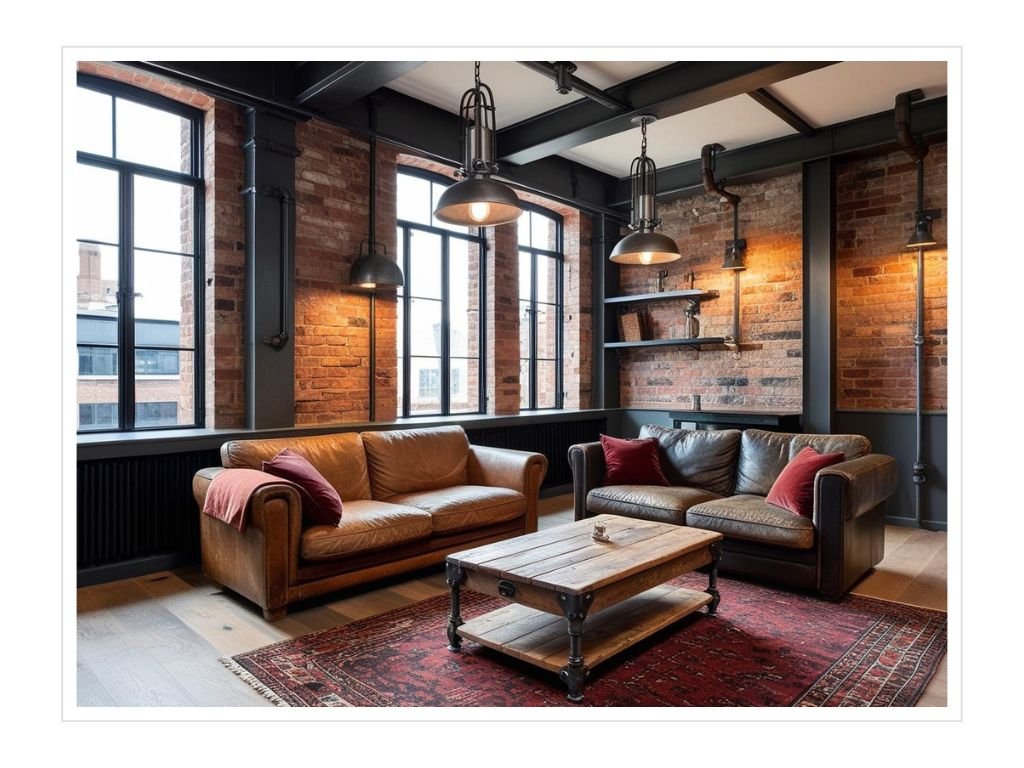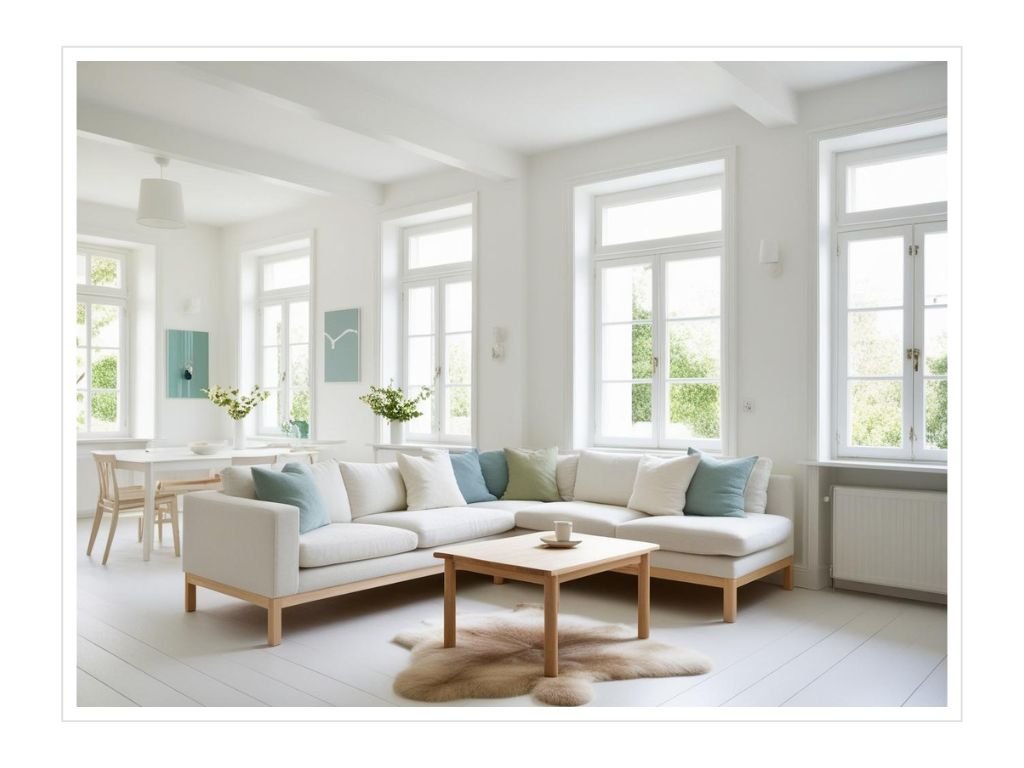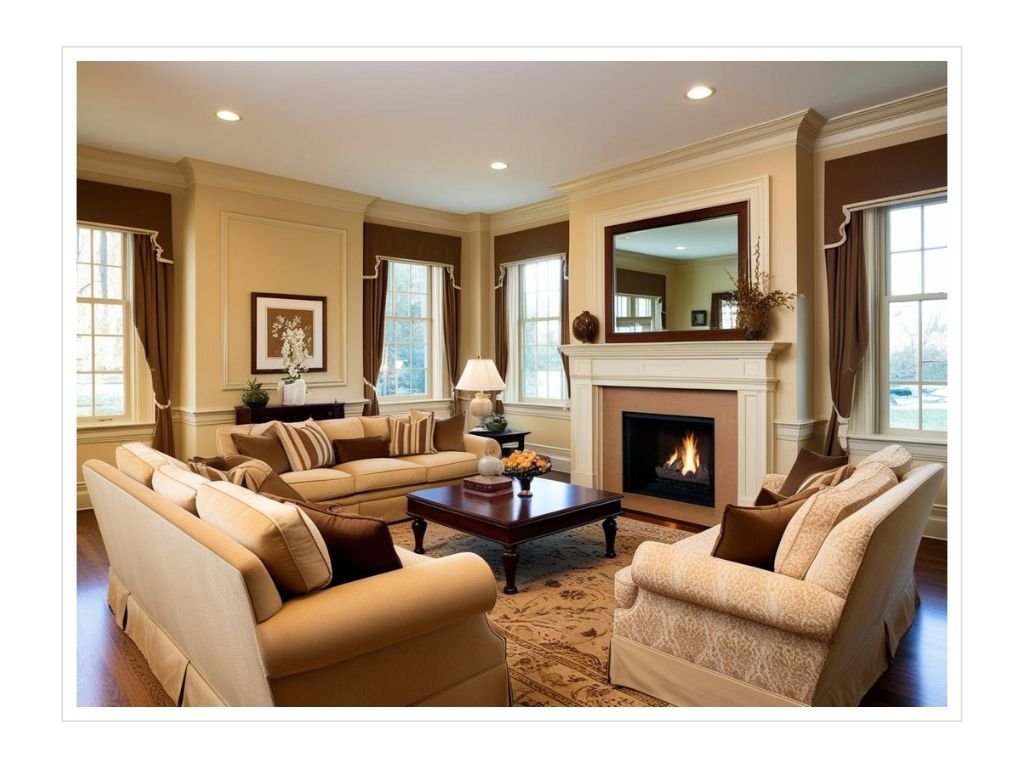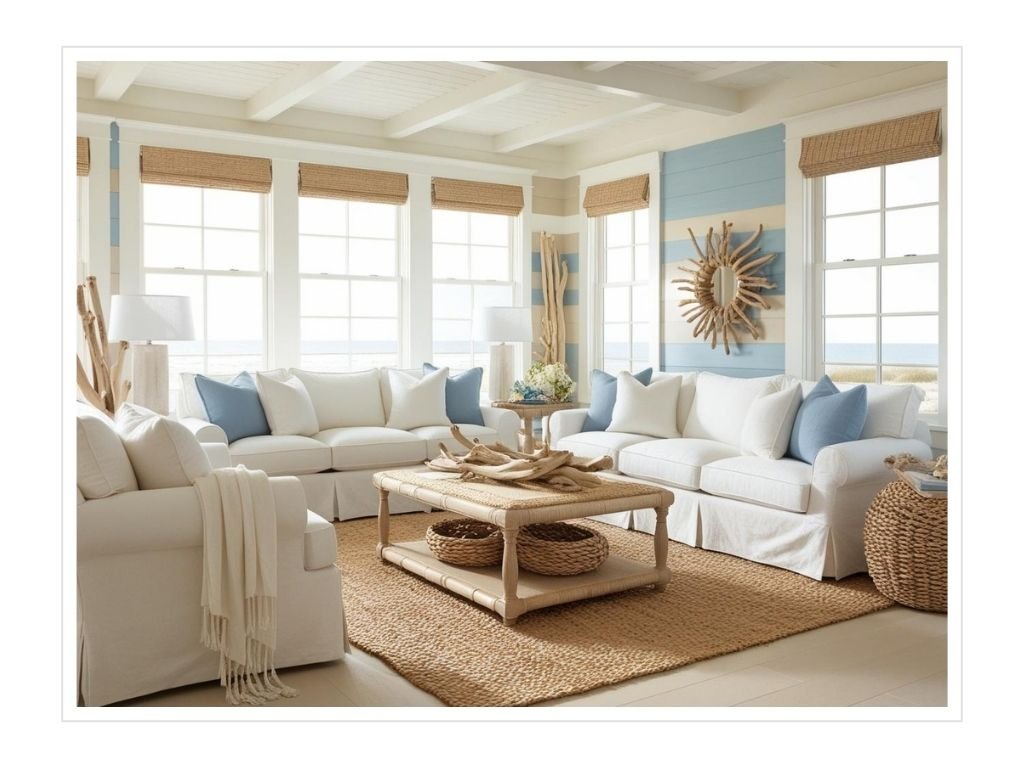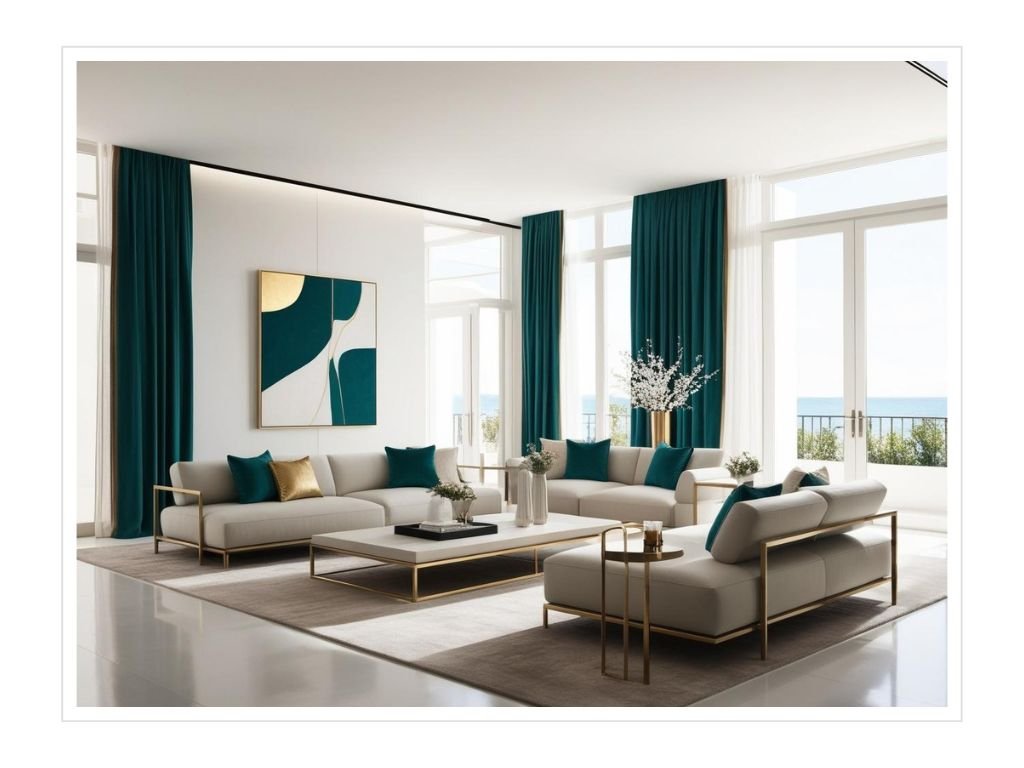I have been keen on the simplicity depicted by industrial design. This style of design that emerges from the repurposing of old factories and warehouses still ensures that space is created for recreation facilities and living spaces. During the course for this tutorial, I am going to share my thoughts on how effectively industrial design can be incorporated into architecture and interior design.
The Essence of Industrial Design
Industrial design makes beauty of exposed materials and bare structure. The most effective industrial designs, in my practice, are those which are not afraid of imperfection and those that show the functional parts of a room. A mix of natural and modern materials can be used to create a space that appears both rough and refined by the traditional ideas of the form that follow the function in the most original manner.
Architectural Elements
Among the industrial design themes I use are:
- Exposed brick walls
- Visible ductwork and pipes
- Large windows, often with steel frames
- Open floor plans
- High ceilings with exposed beams
- Concrete or wood floors
An honest design has to begin with strong foundations and the use of these elements as part of industrial design I feel good about.
Materials and Textures
The choice of materials plays a big part in industrial design. With me, the most common materials are:
- Metal (steel, iron, aluminum)
- Wood (often reclaimed or distressed)
- Concrete
- Glass
- Brick
The interplay of these materials gives rise to the varied textures that create interesting spaces. For example, a polished concrete floor may be contrasted with old, rough brick walls, or else fad upstanding metal units with warmer reclaimed wood.
Color Palette
Industrial designs usually use a neutral color palette rather than bright colors. These are the ones:
- Shades of gray
- Black and white
- Earth tones
- Metallic accents
These colors are intended to keep the materials and textures in focus while providing a natural visual progression from one to another. Nonetheless, I also use critical burst of vibrant color as my strategy for enlivening the space visually, maybe through a great artwork or unique furniture.
Lighting in Industrial Design
Lighting is an important feature in industrial design. Typically I use:
- Large windows for natural light
- Pendant lights with metal shades
- Edison bulbs for a vintage feel
- Track lighting for flexibility
- Floor lamps with articulating arms
My chief aim is to provide both ambient and task lighting which enriches the aesthetic aspect of the space with natural sunlight and getting the job done.
Furniture and Decor
One of the principles of applying furniture and decor for industrial spaces is to choose those that are in line with the main design. This could be things like:
- Leather sofas
- Metal dining tables
- Reclaimed wood shelving
- Vintage industrial artifacts as décor
- Minimalist artwork
The trick is to make the space comfortable and at the same time that it not become lifeless and must be appealing to the eyes.
Challenges and Solutions
One common challenge that pops up when producing an industrial design is creating a warm yet rough and cold environment, something often encountered indoors. In order to resolve this, I would incorporate:
- Soft textiles like area rugs and throw pillows
- Plants to add life and color
- Warm lighting to create a cozy atmosphere
Moreover, a challenge could be derived from the sounds in an open-plan space. I tackle this by using sound-absorbing materials in strategic locations and by creating dedicated quiet areas within the larger space.
Conclusion
Industrial designs strive to blend natural and constructed materials in order to reveal the beauty of these, the art of workmanship, and the use of the honest construction. It is a movement that respects the history of a space while creating a fresh and contemporary idea. As a designer, I take advantage of the chance to add my touch to a building that is originally intended for some other functions and on the other hand, I, like many other people, do get inspired by the transformations.
It is most important to remember that industrial design means being honest. It is not about building a place everlasting and flawless but it is about acting on reduction to the level of imperfections and to the point of revealing that the inherent beauty of the materials and structures is the only one necessary. Done correctly, the industrial design makes the place become both beautifully visible and practically comfortable, hence, becoming a significant sign of the success of deep, precise designing.
